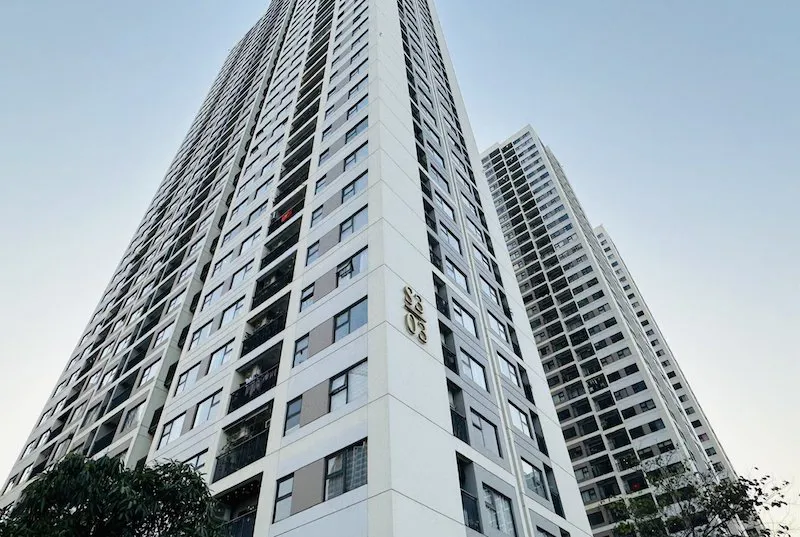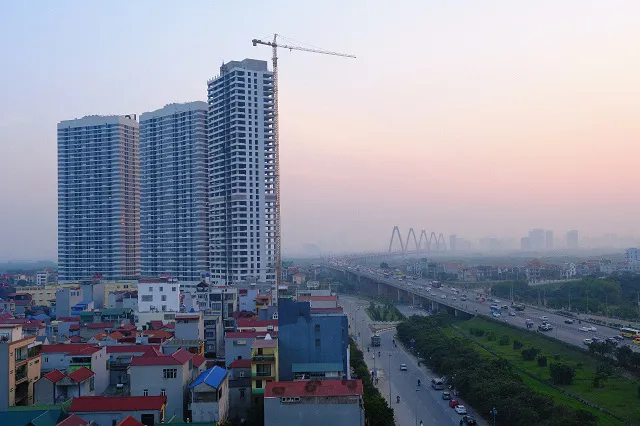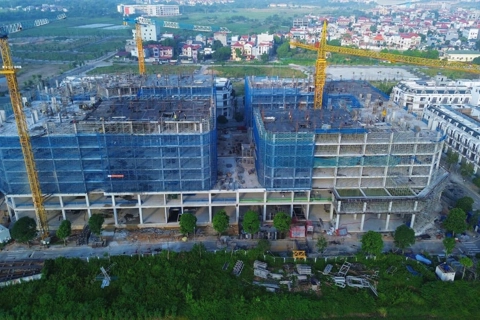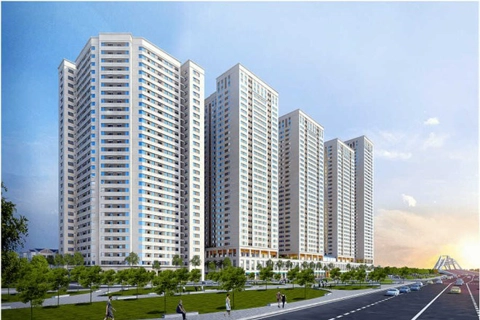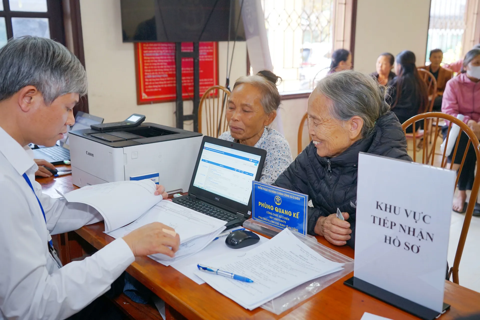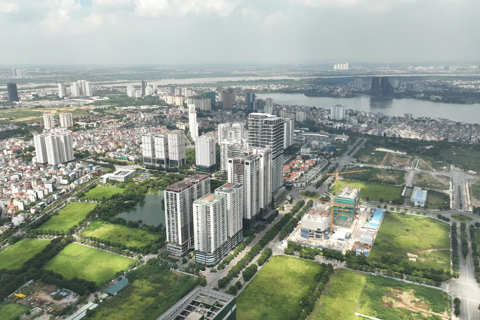Hanoi's new appartment supply triples to highest level since 2020
In 2025, the new supply of apartments in Hanoi is expected to remain robust, reaching over 31,000 units, higher than in 2024.
Hanoi's new apartment supply has tripled since 2023, reaching 30,900 units - the highest since 2020, CBRE reported at the 2024 Real Estate Market Overview event in the capital city on January 8.
The report highlighted a robust growth in the supply of new residential units in Hanoi, with close to 38,000 products coming onto the market.
| A condominium building in Hanoi. Photo: VGP |
At the event, Vo Huynh Tuan Kiet, Head of the Residential Project Marketing Department at CBRE Vietnam, noted a contrasting trend between Vietnam's two main housing markets, Hanoi and Ho Chi Minh City. He added that the supply of new apartments in Ho Chi Minh City has fallen to its lowest level since 2013, with only 5,050 units - just one-sixth of Hanoi's supply.
Meanwhile, Ho Chi Minh City continues to see limited new supply, with nearly 5,300 products available, including apartments, townhouses and villas.
Hanoi apartment prices hit eight-year high
| The skyscrapers in Dong Anh District. Photo: Thanh Hai/ The Hanoi Times |
In the fourth quarter of 2024, apartment prices in Hanoi soared to VND72 million (US$1,181) per square meter (excluding VAT and maintenance fees), a 36% increase year-on-year and a 12% rise from the previous quarter. This is the highest price growth in the past eight years, the report said.
Most of the new supply comes from high-end, fully documented projects in the urban areas of Nam Tu Liem and Gia Lam districts, which have already attracted a substantial residential population. This influx has driven primary prices and sales above 70%.
In the outskirts of Hanoi, such as Dong Anh District and Van Giang in the northern province of Hung Yen, there has also been an increase in high-end supply from large projects. In addition, a new mid-range project was launched in Thach That District, helping to address the ongoing supply shortage in this segment.
In Ho Chi Minh City, primary apartment prices averaged VND76 million ($2,989) per square meter, up nearly 24% year-on-year. This increase is largely due to more than 70% of new supply being high-end and luxury projects, with subsequent phases seeing price increases of 10% to 40%. In particular, a project in Thu Thiem District is offering units for as much as VND490 million ($19,272) per square meter.
According to the report, despite high asking prices, developers are offering various incentives such as five-year payment plans and discounts ranging from 5% to 16%. As a result, the absorption rate of newly launched projects is averaging 70%, with some conveniently located projects approaching 100% sales, attracting investors with available cash through favorable discount policies.
In the secondary market, apartment prices in Hanoi are catching up with those in Ho Chi Minh City, averaging VND48 million ($1,887) and VND49 million ($1,927) per square meter, respectively (excluding VAT and maintenance fees). Secondary prices in Hanoi rose by over 26% year-on-year, the highest annual increase recorded to date.
Meanwhile, secondary apartment prices in Ho Chi Minh City continue to rise, with a quarterly increase of 1% and an annual increase of 7%. The Metro Line 1, which started commercial operation at the end of December 2024, is driving prices along the line. Notably, areas in the former District 2 and District 9 of Thu Duc City have seen average secondary prices increase by 2-3% quarterly and nearly 15% year-on-year.
CBRE experts forecast that new apartment supply in Hanoi will remain robust in 2025, reaching more than 31,000 units - higher than in 2024. This supply will primarily focus on the high-end and luxury segments, with more projects in the southern (Hoang Mai District), eastern (Long Bien District) and western (Dan Phuong District) areas. This influx of new supply is expected to maintain primary price growth at around 6-8% per year.

